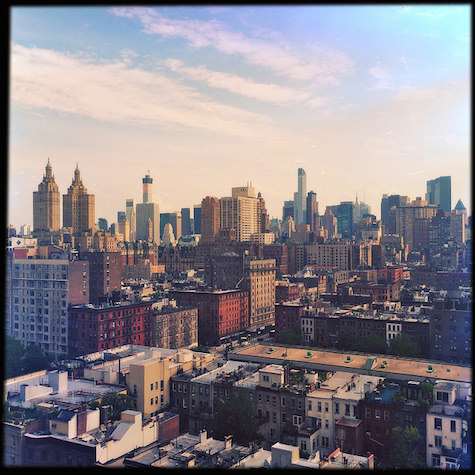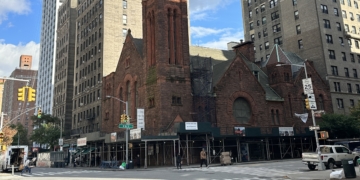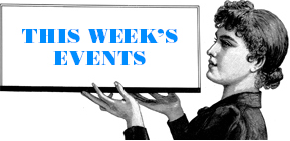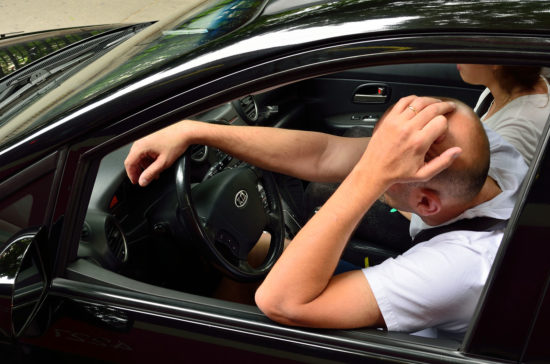
By Bob Tannenhauser
Although generally trending lower, the Upper West Side continues to show higher COVID-19 positivity rates than the city as a whole, according to the latest weekly data released by the Department of Health. This does not take into account unreported self-tests.
Average 7-Day Positivity Rates
7 days Ending May 24th 7 days Ending May 29th
Zip Code 10023 12.85% 10.9%
Zip Code 10024 11.92% 10.35%
Zip Code 10025 10.53% 9.55%
Zip Code 10069 12.89% 15.85%
For New York City, the daily average positivity rate for the seven days ending June 1st was 8.5%, compared to the 28-day daily average of 10.97%. Total average daily cases decreased to 3,625 for the seven-day period, up from the 28-day daily average of 3,958. Daily average hospitalizations decreased to 57 from 82, and 7-day daily average deaths decreased to 5 from 6, for the 28-day daily average.
The current alert level remains High.








It’s astonishing to me how many triple and quadruple vaccinated people have gotten a bad case of Covid recently… And stayed Covid free throughout the pandemic!
There have been articles recently about the high re-infection rate due to the several omicron variants. Epidemiologists suggest that this may continue for some time, and that Covid will become the “new flu,” requiring boosters at least once a year.
https://www.wired.com/story/welcome-to-the-great-reinfection/
Not yet reflected on the city’s website: https://www.cbsnews.com/newyork/video/cdc-downgrades-nyc-to-medium-covid-alert-level/
I have always felt that these data are wrong. First, zip codes contain a lot of people. It is much more meaningful to give data by block or even by building. There is just too much variability within a zip code to be useful. Second, and most importantly, the data are highly selected in that positive cases are overemphasized. Negative cases in which people do their own testing is almost never counted. Let us assume testing of 100 people in which only 1 person had an actual infection. The 99 negative people who did home testing would likely have never officially reported it. So, even though the actual percentage positive was only 1% of this population, the negative cases would never have been included in the final analysis. Because far more positive cases than negative cases are officially reported, the percentage of cases officially reported in each zip code is always far greater than the real percentage because of the missing unreported negative cases.
These numbers are meaningless.
I am double vaxed/double boosted.
I got covid a couple of weeks ago.
I didn’t “report” it to anyone. And a bunch of my friends, same thing. I would bet covid rates are actually closer to 50-60%
All the home tests go unreported…
I was very sick/in bed for 2 days/moderately sick for 10.
Anne, A mild disagreement with you. Just because you are “double vaxed/double boosted” it does not mean you will never acquire Covid. What It does mean (more importantly) is that the chances of hospitalization and death is close to zero. And the large majority of people who home test turn out to be negative (this is also not officially reported). So the REAL percentage of positive cases is actually much lower than you state, simply because there are many more negative than positive test results.
I tested positive almost 10 days ago despite full vaccination and boosters. Am now finished w strict quarantine and will now observe masking through 10th day.
My zip is 10024
Does anyone bother actually READING the article? It addresses the fact that these stats do not included unreported self-tests (or unreported infection).
As for zip codes, the largest is 10024, with ~250,000 people. So a 10% positivity rate is significant – particularly given that the figure does NOT include unreported self-tests (or unreported infections).
Well that didn’t take long!
https://nypost.com/2022/06/04/rep-carolyn-maloney-accuses-rep-jerry-nadler-of-sexism/